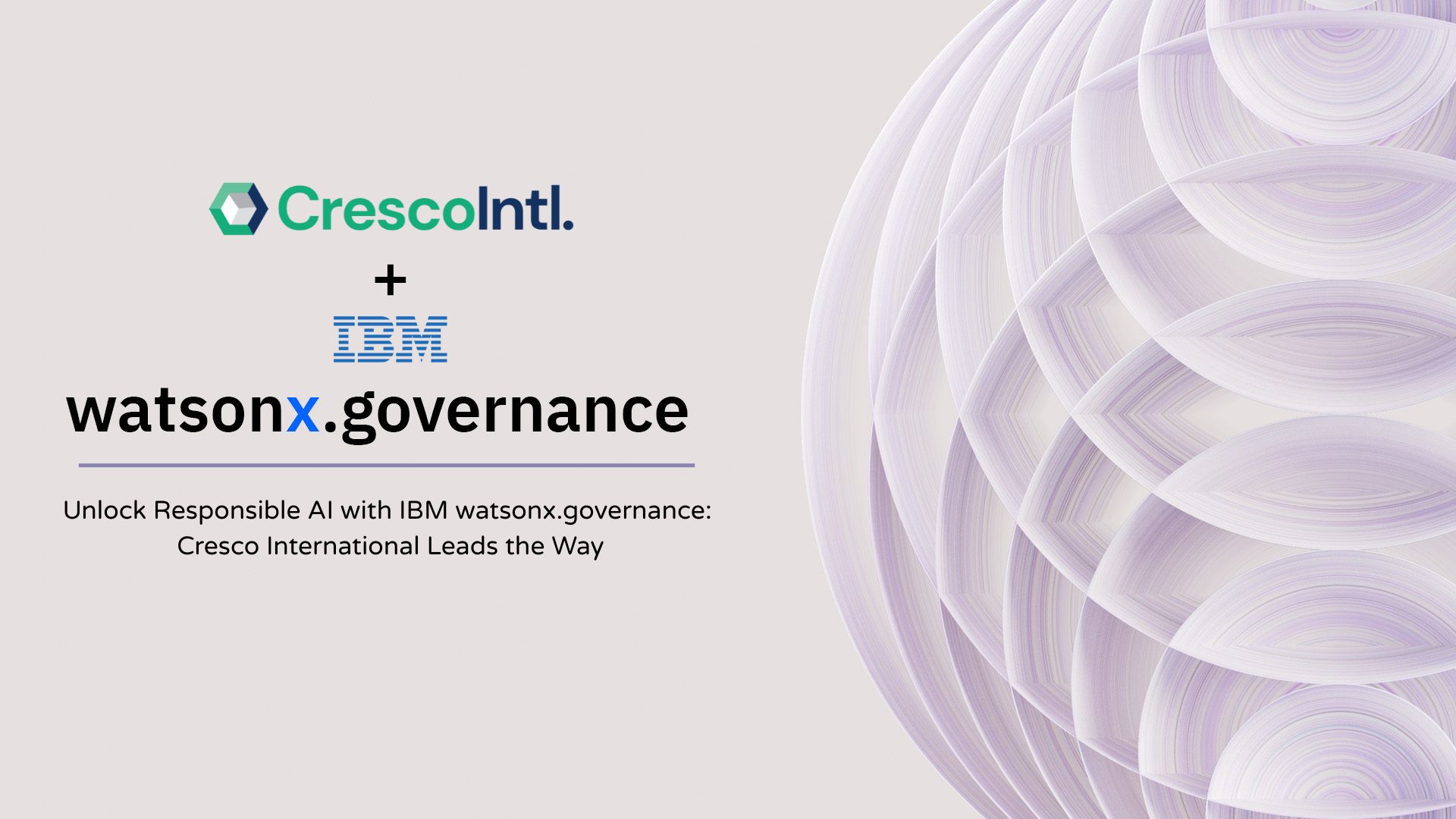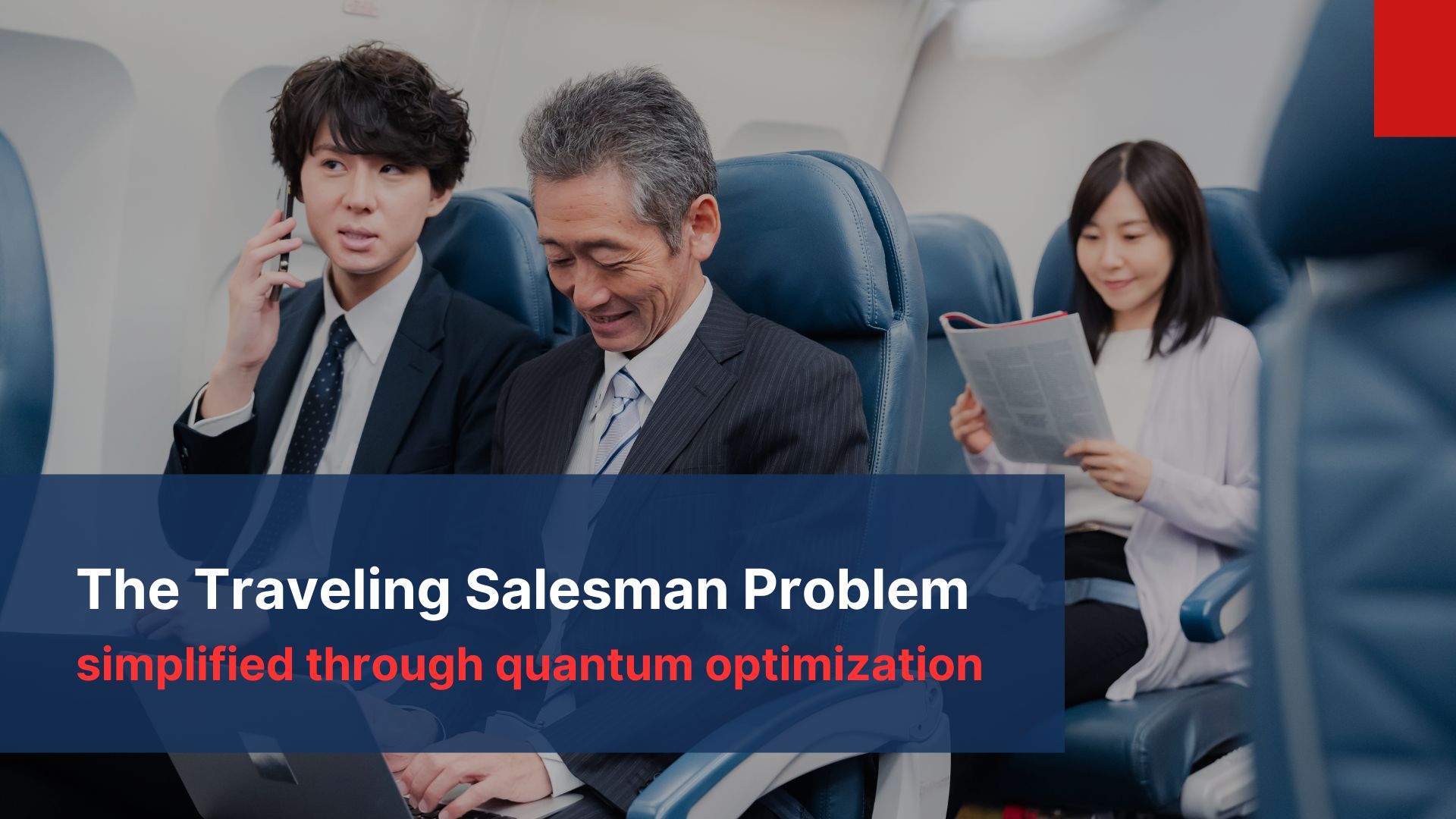The dairy industry plays a crucial role in global food production, providing essential nutrients to billions of people worldwide. However, this industry faces numerous challenges, particularly in the realm of milk collection and distribution. In recent years, mathematical optimization, also known as mathematical programming, decision optimization, or decision intelligence, has emerged as a powerful tool to address these challenges. In this blog post, we’ll explore how CPLEX, a state-of-the-art optimization solver, can be leveraged to revolutionize milk collection processes and overcome the hurdles faced by the dairy industry.
Challenges in the Dairy Industry
The dairy industry grapples with a multitude of complex challenges that impact its efficiency, profitability, and sustainability. One of the most significant issues is the optimization of milk collection routes. Dairy farms are often spread across vast geographical areas, making it difficult to determine the most efficient routes for milk tankers. This challenge is compounded by factors such as varying milk production levels at different farms, time-sensitive nature of milk collection due to spoilage concerns, and the need to maintain consistent quality throughout the collection process.
Another major challenge is inventory management. Milk is a perishable product with a limited shelf life, requiring careful planning to minimize waste while ensuring adequate supply to meet demand. Balancing supply and demand becomes even more complex when considering seasonal variations in milk production and consumption patterns.
Furthermore, the dairy industry must contend with stringent quality control requirements, fluctuating fuel costs, and the need to reduce its carbon footprint. These factors add layers of complexity to the already intricate process of milk collection and distribution.
CPLEX and Mathematical Optimization: A Solution to Dairy Industry Challenges
CPLEX, developed by IBM, is a powerful optimization software that can be applied to address the aforementioned challenges in the dairy industry. By leveraging mathematical optimization techniques, CPLEX can help dairy companies make data-driven decisions that significantly improve their operations.
One of the primary applications of CPLEX in the dairy industry is route optimization for milk collection. By considering factors such as farm locations, milk production volumes, road networks, and time windows for collection, CPLEX can generate optimal routes that minimize transportation costs while ensuring timely milk collection. This not only reduces fuel consumption and vehicle wear but also helps maintain milk quality by minimizing the time between collection and processing.
Inventory management is another area where CPLEX shines. By analyzing historical data, seasonal trends, and demand forecasts, CPLEX can help dairy companies optimize their inventory levels. This ensures that there’s always enough milk to meet demand without excessive stockpiling, thus reducing waste and improving cash flow.
CPLEX can also be used to optimize production schedules in dairy processing plants. By considering factors such as equipment capacity, cleaning times, and product changeovers, CPLEX can generate efficient production schedules that maximize throughput while minimizing downtime and waste.
Technical Aspects of Implementing CPLEX in the Dairy Industry
From a technical standpoint, implementing CPLEX in the dairy industry involves several key steps. First, it’s crucial to define the problem mathematically. This typically involves formulating an objective function (e.g., minimizing total transportation costs) and a set of constraints (e.g., milk collection time windows, vehicle capacities).
Once the problem is formulated, the next step is data preparation. This involves gathering and cleaning relevant data, such as farm locations, milk production volumes, road networks, and historical demand patterns. The quality and accuracy of this data are critical to the success of the optimization model.
With the problem formulated and data prepared, the next step is to implement the model using CPLEX’s optimization studio or one of its programming APIs (such as Python, Java, or C++). CPLEX offers a range of algorithms suitable for different types of optimization problems, including linear programming, mixed-integer programming, and quadratic programming.
One of the technical challenges in implementing CPLEX for milk collection optimization is handling the complexity of real-world constraints. For instance, time-dependent travel times due to traffic conditions, multiple depot locations, and heterogeneous fleet compositions add significant complexity to the model. CPLEX’s advanced features, such as constraint programming and decomposition techniques, can be leveraged to handle these complexities efficiently.
Another technical consideration is the need for real-time or near-real-time optimization. In the dairy industry, conditions can change rapidly due to factors like equipment breakdowns or unexpected changes in milk production. CPLEX’s ability to quickly solve large-scale optimization problems makes it well-suited for these dynamic environments.
Need CPLEX Training? Enroll for
Business Aspects of Applying CPLEX to the Dairy Industry
From a business perspective, the application of CPLEX and mathematical optimization to the dairy industry offers numerous benefits. Perhaps the most immediate and tangible benefit is cost reduction. By optimizing routes and schedules, dairy companies can significantly reduce their transportation and operational costs.
Improved efficiency is another key business benefit. Optimized routes and schedules mean that milk can be collected and processed more quickly, reducing the risk of spoilage and improving overall quality. This not only reduces waste but can also lead to higher-quality products, potentially commanding premium prices in the market.
The use of CPLEX can also enhance a dairy company’s ability to respond to market changes. By incorporating demand forecasting into the optimization model, companies can adjust their collection and production schedules to better match market demand. This improved agility can be a significant competitive advantage in the fast-paced food industry.
Furthermore, the application of advanced optimization techniques can help dairy companies meet sustainability goals. By minimizing transportation distances and optimizing production schedules, companies can reduce their carbon footprint and energy consumption. This not only reduces costs but also aligns with growing consumer demand for environmentally responsible products.
Potential ROI and Benefits
The return on investment (ROI) from implementing CPLEX and mathematical optimization in the dairy industry can be substantial. While the exact figures will vary depending on the size and specific circumstances of each company, it’s not uncommon to see significant improvements across various key performance indicators.
Transportation cost savings are often one of the most immediate and substantial benefits. Companies that implement route optimization often experience reductions in transportation costs ranging from 10% to 30%. These savings come from reduced fuel consumption, lower vehicle maintenance costs, and more efficient use of the vehicle fleet.
Inventory optimization can lead to a reduction in working capital requirements and a decrease in product waste. Some companies should see reductions in inventory levels of up to 20% while maintaining or even improving service levels. This not only frees up capital but also reduces the costs associated with storage and spoilage.
Improved production scheduling can lead to increased throughput and reduced downtime in processing plants. Efficiency gains of 5% to 15% are not uncommon, which can translate into significant increases in production capacity without the need for additional capital investment.
The benefits extend beyond just cost savings. Improved milk quality due to faster collection and processing can lead to higher-value products and increased customer satisfaction. Moreover, the ability to make data-driven decisions can lead to better strategic planning and risk management.
It’s worth noting that while the initial investment in CPLEX and the associated implementation costs can be substantial, many companies find that the ROI period is relatively short, often measured in months rather than years, due to the significant operational improvements achieved.
Want to Buy CPLEX? Visit
Cresco International: Your Partner in Dairy Industry Optimization
As businesses in the dairy industry look to leverage the power of CPLEX and mathematical optimization, partnering with an experienced consulting firm can be crucial to success. This is where Cresco International, an IBM trusted partner and expert in decision optimization, comes into play.
One of the key advantages of working with Cresco International is their ability to tailor solutions to each client’s specific needs. They recognize that while the dairy industry shares common challenges, each company has its unique set of circumstances, constraints, and objectives. Cresco’s approach involves a thorough analysis of the client’s operations, data, and business goals to develop a customized optimization solution that addresses their specific pain points.
Cresco International’s expertise extends beyond just implementing CPLEX. They can assist with the entire process, from initial problem formulation and data preparation to model development, testing, and deployment. Their consultants can help identify the most critical areas for optimization, ensuring that the solution delivers maximum value to the business.
Another significant advantage of partnering with Cresco International is their ongoing support and optimization services. As business conditions change, optimization models may need to be adjusted or refined. Cresco can provide ongoing support to ensure that the optimization solution continues to deliver value over the long term.
Furthermore, Cresco International can help dairy companies leverage advanced features of CPLEX, such as stochastic optimization for handling uncertainties in demand or production, and constraint programming for complex scheduling problems. They can also assist in integrating CPLEX solutions with existing IT systems, ensuring seamless data flow and decision support.
In an industry where margins can be tight and competition fierce, the competitive advantage provided by Cresco International’s optimization expertise can be a game-changer. Their solutions can help dairy companies not just survive but thrive in an increasingly complex and challenging business environment.
Conclusion
The dairy industry, with its complex supply chains and time-sensitive operations, stands to benefit greatly from the application of CPLEX and mathematical optimization. From optimizing milk collection routes to improving inventory management and production scheduling, these advanced analytical tools offer a path to significant cost savings, improved efficiency, and enhanced sustainability.
While the technical aspects of implementing CPLEX can be challenging, the potential business benefits and ROI make it a worthwhile investment for many dairy companies. By partnering with experienced consultants like Cresco International, businesses can navigate these challenges and unlock the full potential of optimization technology.
As the dairy industry continues to evolve and face new challenges, those companies that embrace advanced optimization techniques will be best positioned to succeed. By making data-driven decisions and continuously improving their operations, these forward-thinking businesses will set new standards for efficiency and sustainability in the dairy industry.











